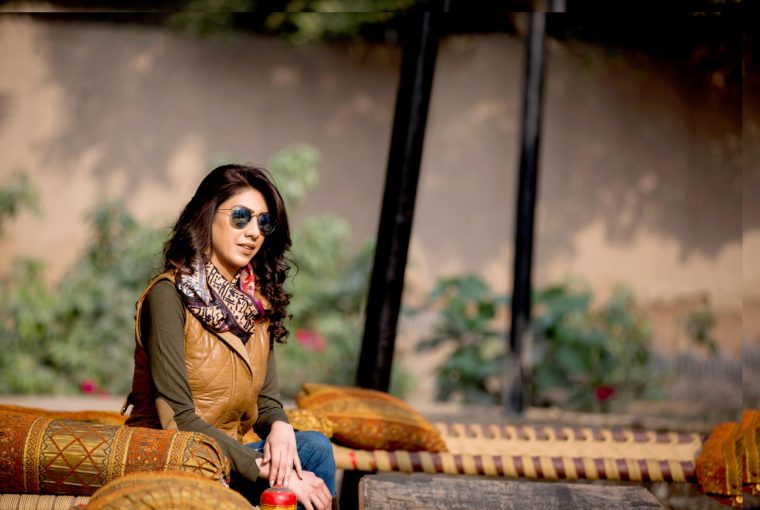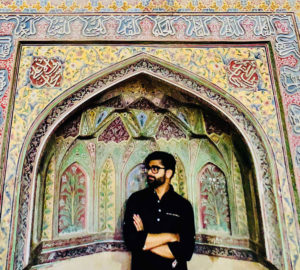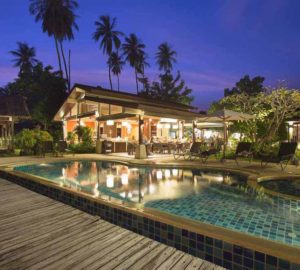Fatima Zaheer Khan, senior architect at ZASA, takes us on a tour of an idyllic country retreat nestled in the heart of rural Punjab, one of the many interesting projects she has spearheaded.
It’s not easy driving from Lahore to the town of Kamalia in the heart of Punjab. If you’re lucky enough to know your way and don’t need to stop and ask for directions every thirty minutes or so, you still need to navigate the small roads congested with traffic of all kinds – trucks, bicycles, donkey carts and cattle. The four-hour journey can leave even the most adventurous traveller bone-tired but for architect Fatima Zaheer Khan, who made the trek more times than she can remember in the past one year, the final destination always proved well worth the effort.
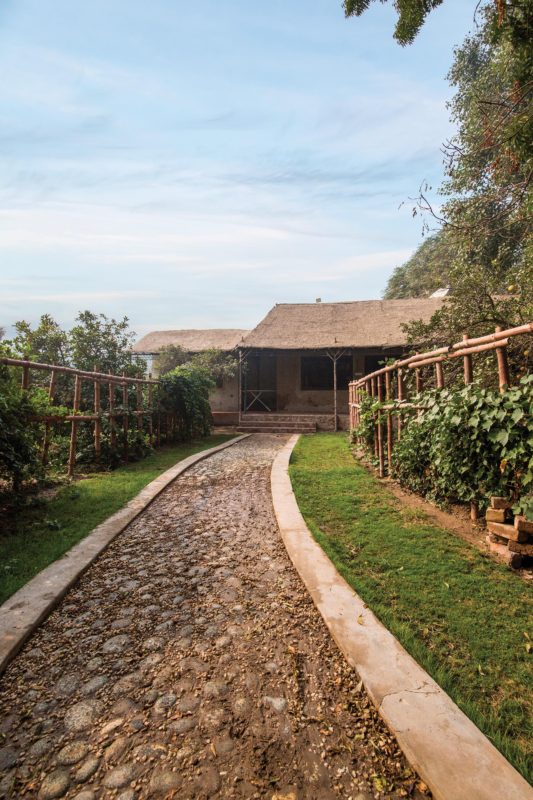
For one, there’s the breath-taking landscape surrounding Kamalia, a quintessentially rural Punjabi town dotted with rolling green fields and rustic scenes straight out of a Khalid Iqbal painting. Watching the sun rise in a pristine sky over fields of gold is a strangely haunting experience for those used to a purely urban existence.
Kamalia is a town whose mention can be found through ancient history. The city, which is now famous for its handwoven khaddar, is linked to Alexander’s legendary Indian campaign of 326 BCE. On this connection, writes renowned travel writer Salman Rashid:
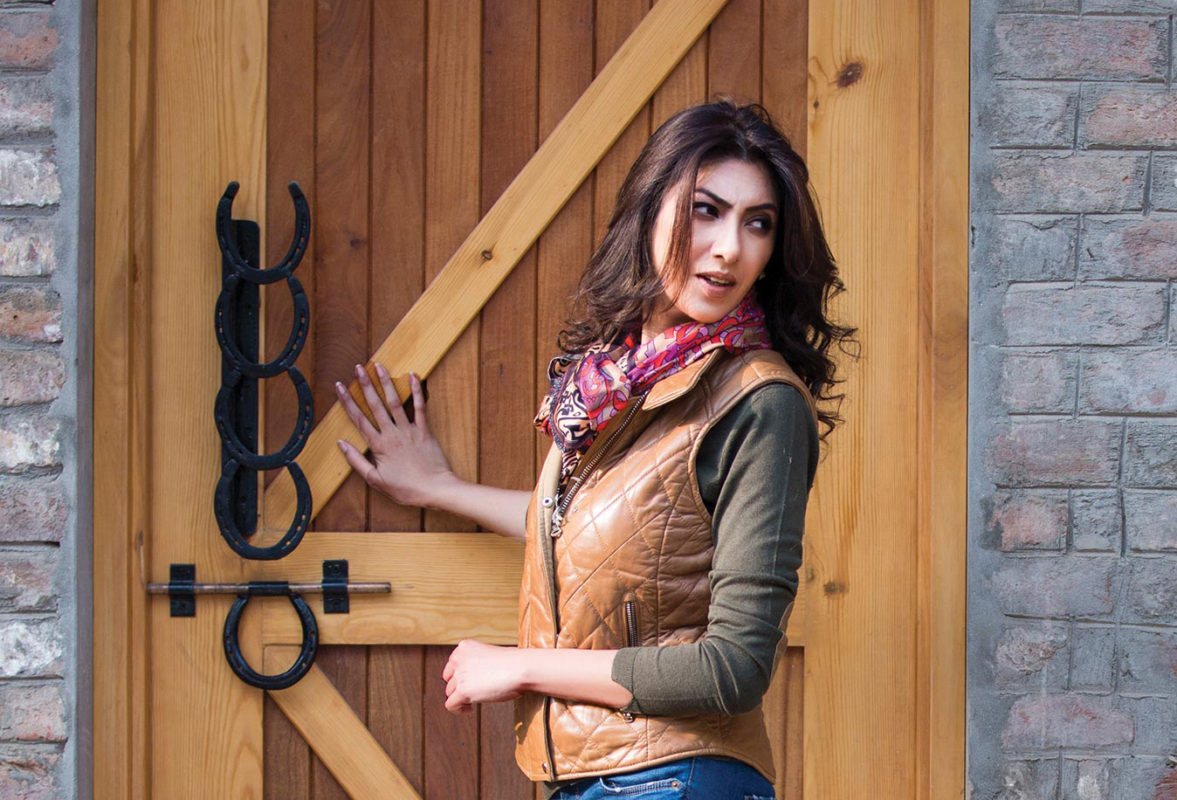
“On the homeward march down the Jhelum, Alexander reached the confluence of this river with the Chenab. Here, instead of continuing on down the river to reach Multan as he was intending to do, he chose the difficult route through the waterless desert that we today know as the Thal. At the end of the first day’s march he reached a town where he found a large number of Multani people taking refuge. Believing that Alexander would come by river, they had left their hometown and marched north through difficult country to reach this unnamed town to remain safe. Alexander cordoned the town’s defensive wall. The natives put up stiff resistance, but there being only (on Greek authority) 2000 fighting men (surely an exaggeration), the town capitulated when the entire lot of soldiers were killed. Historians and classical geographers agree that this unnamed town at the east edge of the desert was none other than Kamalia.”
Under British rule, the area benefitted from the development of a canal system and the desert town gave way to rich farmland. Fast-forward to modern day, and it is one particular private farm in Kamalia that has been Fatima’s destination – her first major project in Pakistan since her move back from Istanbul over a year ago.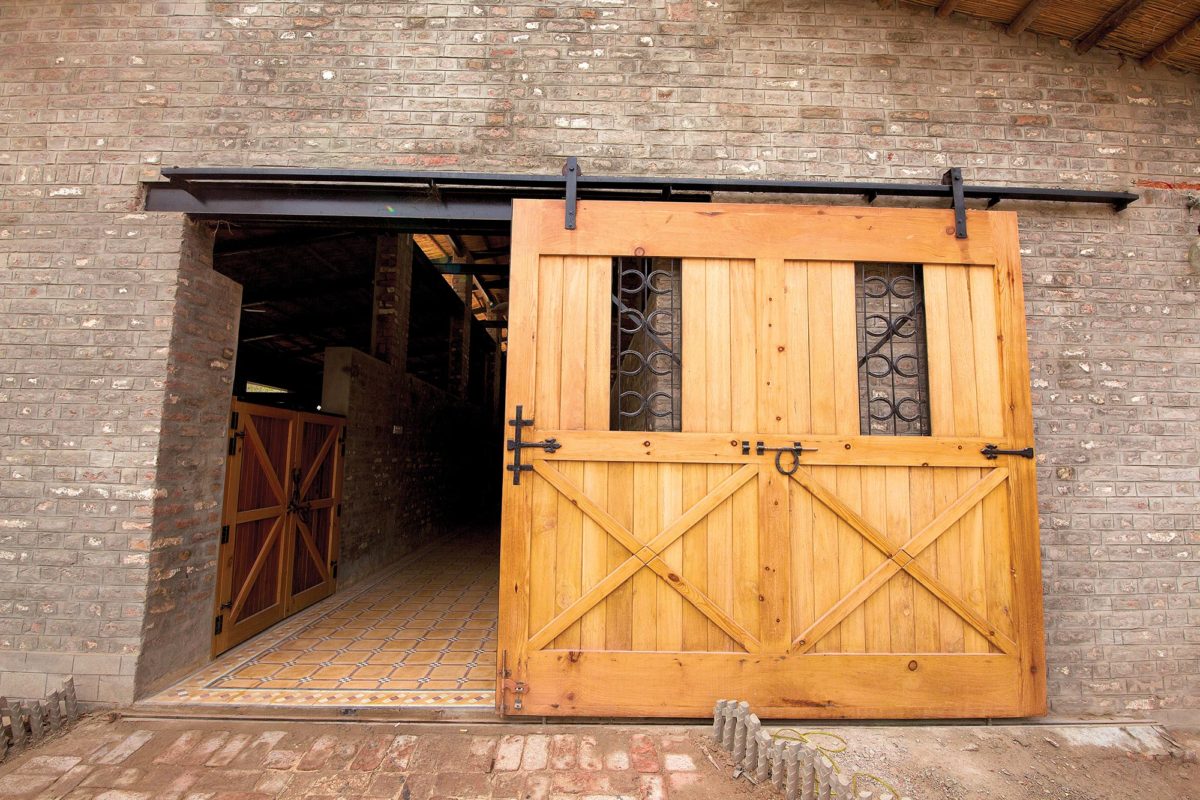
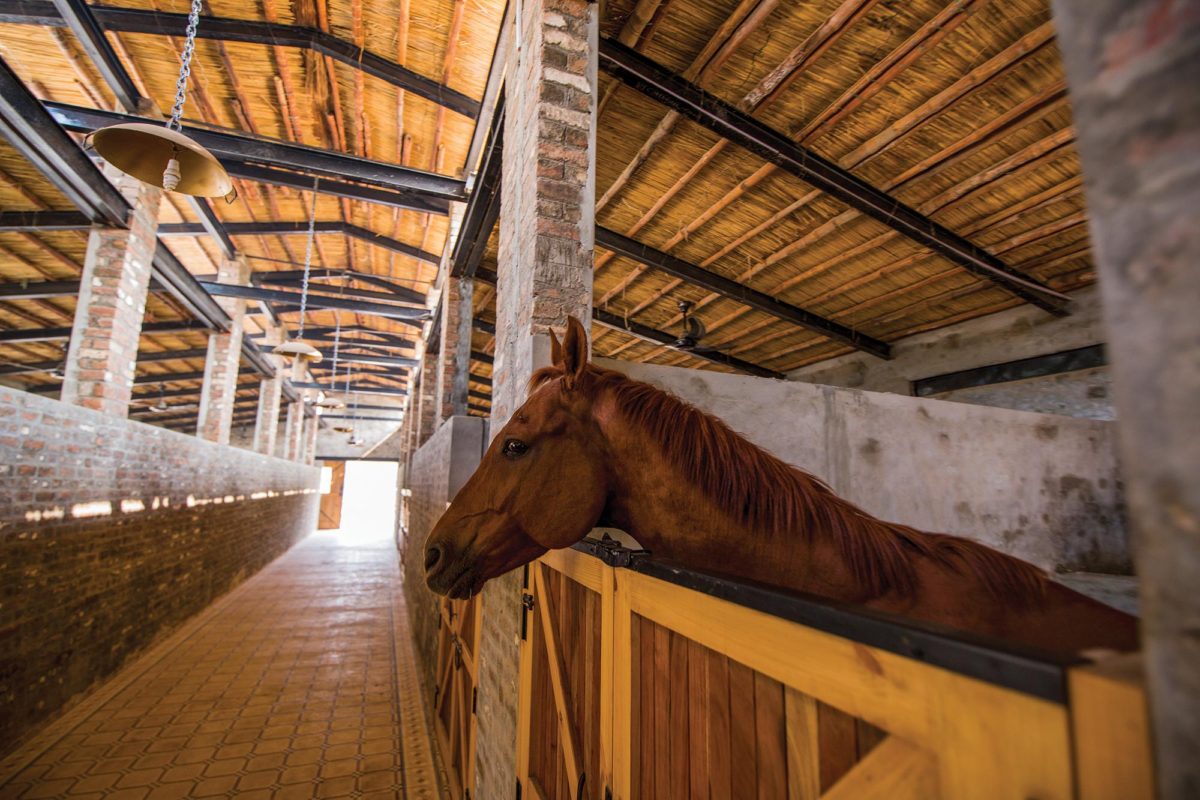
Time seems to stand still at this idyllic country retreat, owned by Asma Ramday of Polo Lounge and The Pantry, that not only serves as the perfect weekend getaway for the family but also the site for her polo stables. Fatima, who undertook the design and construction of the acres of outdoor area that include the stables, has created an oasis that seamlessly harmonizes design and nature.
A rustic-looking paddock, fenced in with real tree branches, provides the striking focal point as soon you walk inside. To the left is an open courtyard furnished with charpoys decorated with colourful pillows, the perfect place to laze upon and soak up the winter sun as you watch the beautiful horses gallop in the paddocks in front. To the right are the stables themselves, fronted by a magnificent stable door and topped by a charming thatched roof reminiscent of traditional village houses. Interesting details, such as discarded horse shoes to pattern the bolts and locks on the door, and upside down karahis (woks) hung on chains as light fixtures, give it a contemporary twist.
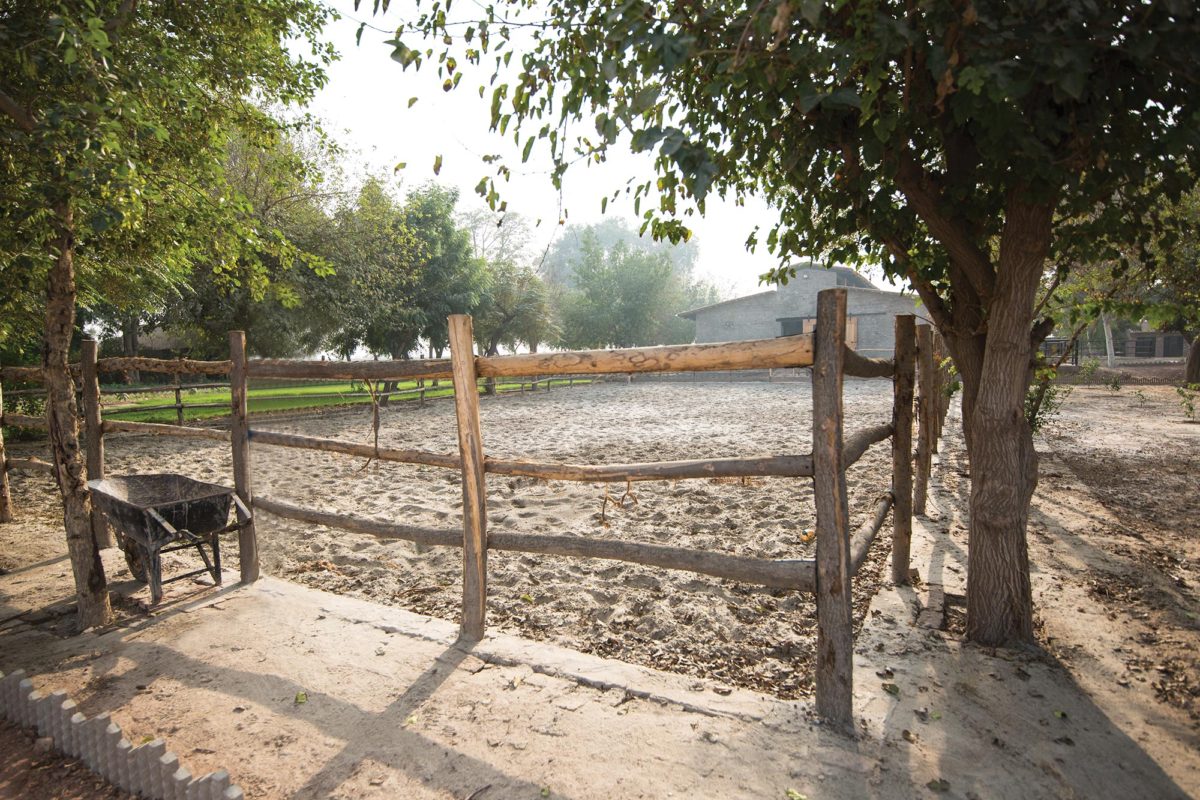
“The client wanted to maintain a rustic, village feel and reuse materials from the previous site. For me, the challenge was to design in such a way that I could make use of most of what was already available. It’s easy to design when you have a blank canvas but to do it within a confined area and with predetermined materials takes painstaking thought and effort,” says Fatima.
It’s a challenge that the architect has risen to admirably, for in the stunning space, very little seems to have gone to waste. Even old discarded tree logs have been fashioned into benches near the outdoor kitchen, ideal for enjoying a traditional breakfast cooked over wood-fire (there is no gas in the farmhouse).
A similar concept of conservation has been applied to the swimming pool, currently under construction, which will be filled with water straight from the tube well that will ultimately be used for irrigation. “The idea was to make sure that the water is recycled, not wasted. The swimming pool is designed to pull fresh water straight from the tube well. From the pool, it flows into a pond and then to the fields,” explains Fatima.


